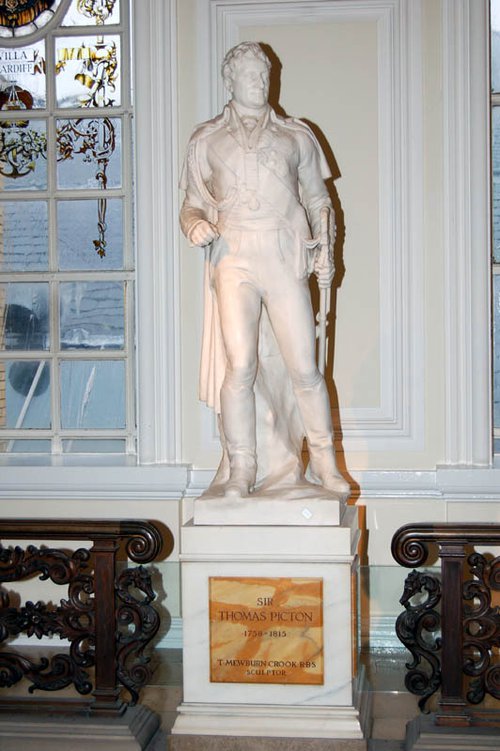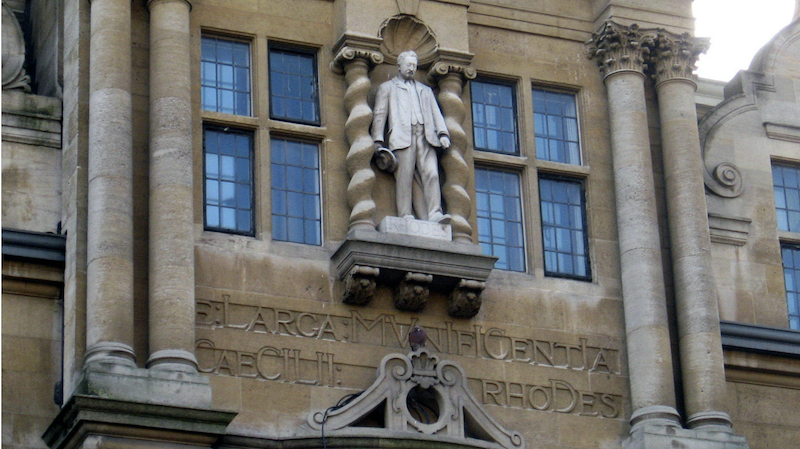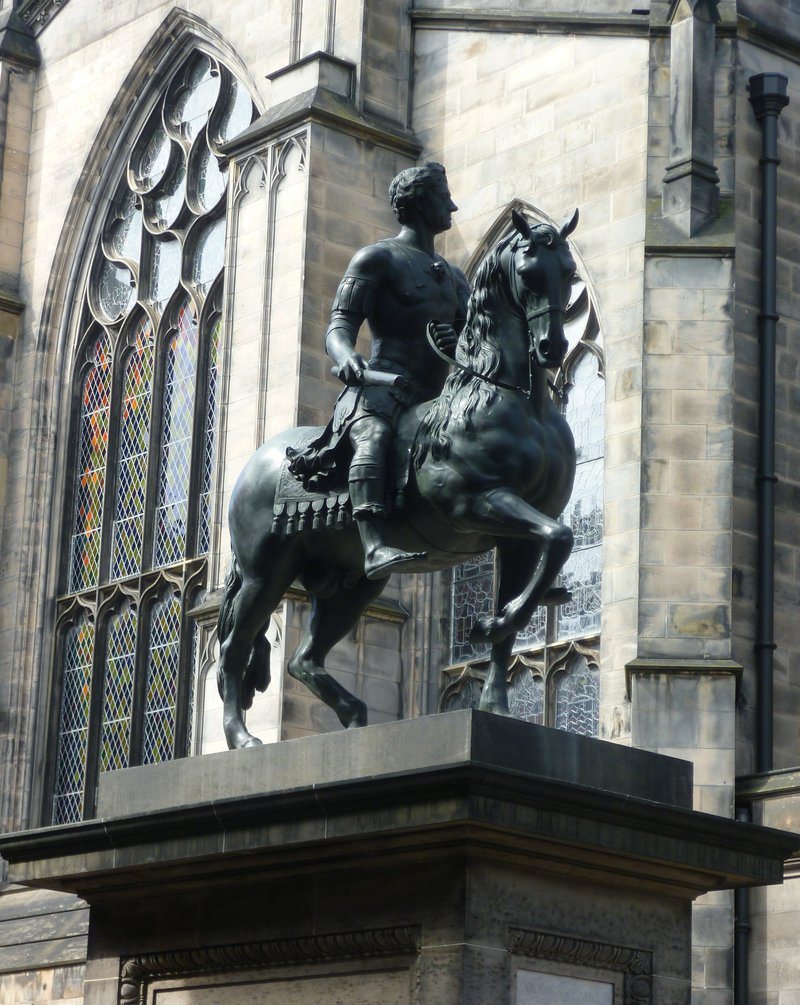British history is a story of empire, slavery and plunder. And so it’s not surprising that the statues, street names and buildings in our cities so often commemorate slavers, plunderers and the genocidal.
This weekend, a statue of the slaver Edward Colston in the centre of Bristol was pulled down and thrown into the harbour, symbolically reflecting the thousands of people thrown into the sea from his slave ships when they got sick on the crossing from their kidnap in Africa.
The statue of Colston, though, isn’t unique, or even unusual. The Beatles’ ‘Penny Lane’, for instance, sounds less sweet when you know that the Liverpool street itself is named after the slave ship owner James Penny. Here is a small sample of some of the most controversial memorials – please add more, from the UK and beyond, in the comments below.
Edinburgh: Henry Dundas
Henry Dundas, later the first Viscount Melville, occupies the biggest plinth in the city, at the centre of St Andrew’s Square in the heart of the Georgian New Town. Dundas was controversial even in his own era – burned in effigy in towns up and down the east coast of Scotland for his suppression of movements for democracy.
He is perhaps most notorious today for his time as British Home Secretary in the late eighteenth century. In that role, he opposed William Wilberforce and so ensured that the abolition of the trans-Atlantic slave trade was delayed for more than a decade. Dundas was also known for dominating the affairs of the East India Company, leading to a common saying in his lifetime: “Scotland and India Dundas ruled, and he fed one with the other.” (You can read about my little campaign to get a more accurate plaque on his statue here.)
Cardiff: Thomas Picton

A statue of Thomas Picton in Cardiff City Hall’s ‘Welsh Icons’ collection.
There are more statues of Thomas Picton in Wales than there are of women. The most senior general to die at Waterloo, he is the only Welsh person buried at Westminster Abbey. Before battling Napoleon, though, he was governor of Trinidad, where he oversaw the enslavement of thousands of people. Picton’s time in Trinidad ended in controversy, even in his own era, when he ordered the gruesome torture of a mixed-race teenage girl, accused of stealing some money from her serial rapist.
Oxford: Cecil Rhodes

Rhodes, perhaps most famous for having Northern and Southern Rhodesia – the colonial names for what are now Zambia and Zimbabwe – named after him, was a white supremacist whose ideas inspired Hitler and prepared the ground for apartheid. The statue of Rhodes at the University of Cape Town in South Africa was removed in 2015. But, despite numerous attempts to encourage Oxford University to follow this example, a carving of him remains in Oriel College, Oxford.
Plymouth: Francis Drake

Plymouth has a large statue of Francis Drake. And while British children are often taught to consider Drake a hero due to his circumnavigation of the globe and his role in defeating the Spanish Armada, he started his career as a slave trader.
Liverpool: Benjamin Disraeli

The two-time Tory prime minister was famous for his often brutal expansion of the British empire, including through the Anglo-Zulu war. He is memorialised in a statue outside Liverpool’s architectural centrepiece, St George’s Hall. While many former British prime ministers would qualify for this list, Disraeli’s role in developing British imperialism is in much need of more historical prominance.
Glasgow and London: Colin Campbell, Lord Clyde

Campbell was a career soldier who was appointed commander-in-chief of British forces in India in 1857, suppressing the first Indian war of independence. He commanded a regiment in the first Opium War and organised the army sent east for the second – forcing the addictive drug onto China with military might.
He has statues in both George Square, Glasgow, and Waterloo Place, London.
Edinburgh and London: King Charles II

After the restoration of the monarchy, Charles II founded the Royal Africa Company, which had a monopoly on British trade in slaves between West Africa and the Caribbean. The company was run by his brother, the duke of York, later James II, and started the large-scale involvement of England in the slave trade.
London: James II
London has far too many such statues to list here, but these are a few of them:
James – who as the duke of York ran the Royal Africa Company – has a statue in Trafalgar Square.
William Beckford, who owned about 3,000 slaves in Jamaica, has a statue at the Guildhall, London.
Sir Thomas Clayton –who has a statue at St Thomas’s hospital – was a factor in Bermuda.
National Maritime Museum, London
If you’re looking for somewhere particular to find such commemorations, The National Maritime Museum includes a veritable forest of statues of of slavers, genociders and plunderers, from James Cook to Walter Raleigh and many more besides.
Add your examples below…
With thanks to those who fed into the list above.
PrintAdam Ramsay | Radio Free (2020-06-08T14:14:18+00:00) Colston has fallen. Who’s next?. Retrieved from https://www.radiofree.org/2020/06/08/colston-has-fallen-whos-next/
Please log in to upload a file.
There are no updates yet.
Click the Upload button above to add an update.
